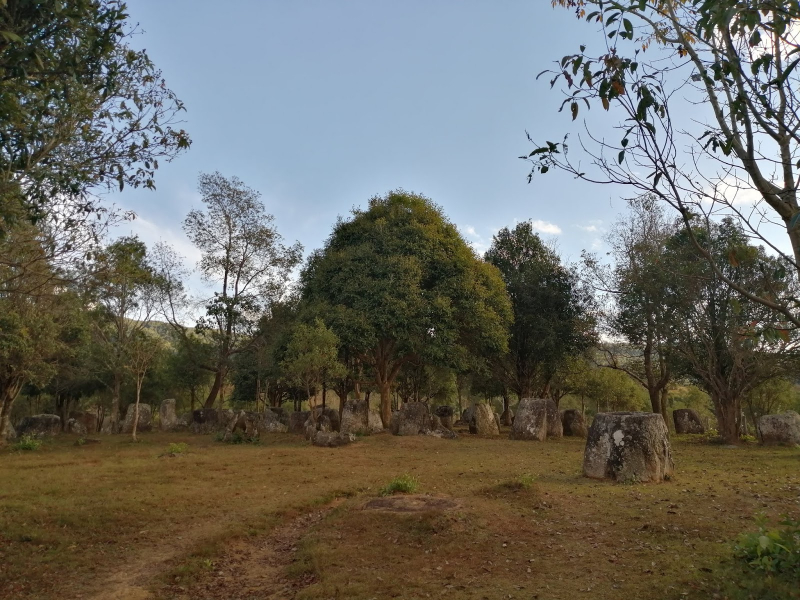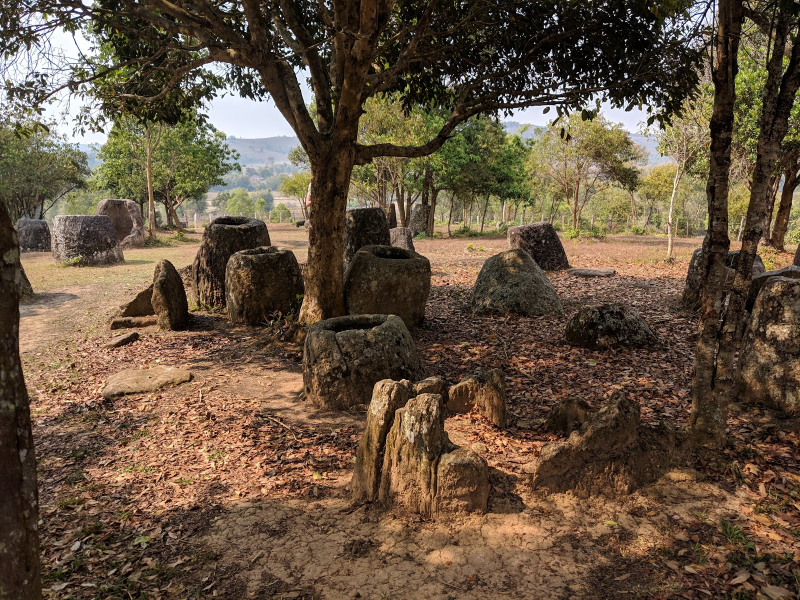The Plain of Jars
The Plain of Jars, located in central Laos, is one of Southeast Asia's most perplexing and misunderstood prehistoric sites. Thousands of enormous stone jars, each weighing several tons, can be found at approximately ninety locations spread across many kilometres of rolling landscape. So far, archaeologist Julie Van Den Bergh has counted almost 3,000 jars spread across 90 sites. Each jar stands up to 3 meters tall and weighs several tons. They are typically made of sandstone, but can also be made of harder granite or limestone. Despite extensive research and attempts by numerous archaeologists, the rationale and origin of the Plain of Jars remain unknown. Standing amid the jars is a dismal and disturbing experience that calls into question the boundaries of human achievement.
The site was only recently dated because to the discovery of human remains near the Plain of Jars, and archaeologists believe the jars were carved with iron tools and date back to roughly 500 BC. Several ideas exist regarding the jars' usage, with one suggesting that they originally held human remains and another claiming that they were used to collect rain water during the monsoon season. Millions of unexploded objects from the Vietnam War remain in the area, making excavation time-consuming and risky. Laos aims to become the Plain of Jars a UNESCO World Heritage Site once the hazard of explosive objects has been reduced.
However, be cautious when admiring this tranquil landscape; if you venture off the main path, the place can be exceedingly deadly. When walking between the jar locations, keep to well-worn and signposted pathways.
Address: Xiangkhoang Plateau, Laos












